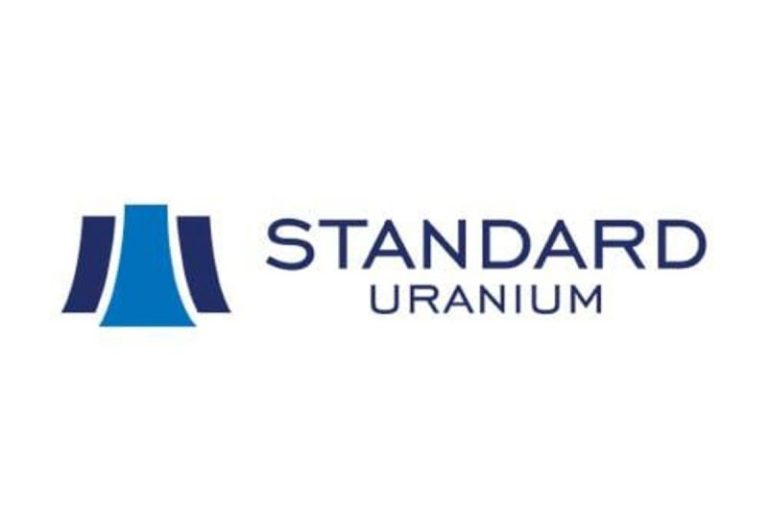(TheNewswire)
Brossard, Quebec TheNewswire – October 31, 2025 CHARBONE CORPORATION (TSXV: CH,OTC:CHHYF; OTCQB: CHHYF; FSE: K47) (‘ CHARBONE ‘ or the ‘ Company ‘), a North American producer and distributor specializing in clean Ultra High Purity (‘ UHP ‘) hydrogen and strategic industrial gases, is pleased to announce that the Company has retained the US-based corporate communications firm, RB Milestone Group LLC (‘ RBMG ‘), to provide investor relations services including corporate communications advisory, non-deal roadshow advisory, market intelligence advisory, and business referrals to the management team of the Company. RBMG has been retained for an initial term of 6-months starting October 20, 2025, paid in cash totalling US$59,500 and billed on a monthly basis. Following the first 6-months, the agreement auto renews on a monthly basis until termination. RBMG is at arm’s length to the Company. The agreement is subject to regulatory approval.
Dave B. Gagnon, CEO of CHARBONE , commented: ‘ We are very pleased to welcome the RBMG team as a key addition to our communications and investor relations strategy in the United States and Canada. Their proven expertise in capital markets, corporate visibility, and strategic advisory will play a vital role as CHARBONE enters its next phase of growth and expansion across North America. This collaboration reinforces our commitment to transparency, shareholder engagement, and long-term value creation. ‘
About RB Milestone Group LLC
Founded in 2009, RB Milestone Group LLC (‘RBMG’) is a US-based corporate communications firm that specializes in investor relations advisory and has offices in New York City and Stamford, Connecticut. RBMG’s US advisory practice delivers investor relations programs tailor-made for emerging companies that are private and publicly traded on the NYSE, NASDAQ, OTCQB, OTCQX, TSX, TSXV, CSE, ASX and AIM. RBMG refines communications strategies, weighs data and advises clients on how to penetrate new markets. It helps clients target and secure relationships with niche US stakeholders and key industry strategics globally. Utilizing digital techniques, artificial intelligence (AI) and machine learning, RBMG has developed methods that improve traditional client IR initiatives to maximize ROI. RBMG partners with clients across a wide range of industry segments, including: Cannabis, Cleantech, Consumer Goods, Crypto, Fintech, Healthcare, Metals & Mining, Professional Services, Renewable Energy, and Technology. To learn more about RBMG please visit: www.rbmilestone.com .
Updated Terms of Shares-for-Debt Settlement
CHARBONE announces an update to its previously disclosed shares-for-debt settlement dated August 14, 2025. Following discussion with the TSX Venture Exchange, including a review of the restrictions imposed upon shares for debt transactions in the context of market making services, the Company has revised the total amount and number of shares to be issued under the settlement. Under the revised terms, CHARBONE will settle $30,000 of the original $118,095 payable to an arm’s-length market maker through the issuance of common shares. The Company successfully negotiated that the remaining balance will be reduced by the value of the shares at the current market price. Upon closing, CHARBONE will issue 500,000 common shares. The settlement will be documented in a formal agreement and remains subject to final approval by the TSX Venture Exchange. The common shares issued will be subject to the statutory four-month hold period.
About CHARBONE CORPORATION
CHARBONE is an integrated company specializing in clean Ultra High Purity (UHP) hydrogen and the strategic distribution of industrial gases in North America and Asia-Pacific. Through a modular approach, the Company is building a distributed network of green hydrogen production plants while diversifying revenues via helium and specialty gas partnerships. This disciplined model reduces risk, enhances flexibility, and positions CHARBONE as a leader in the transition to a low-carbon future. CHARBONE is listed on the TSX Venture Exchange (TSXV: CH,OTC:CHHYF) , the OTC Markets (OTCQB: CHHYF) , and the Frankfurt Stock Exchange (FSE: K47) . Visit www.charbone.com .
Forward-Looking Statements
This news release contains statements that are ‘forward-looking information’ as defined under Canadian securities laws (‘forward-looking statements’). These forward-looking statements are often identified by words such as ‘intends’, ‘anticipates’, ‘expects’, ‘believes’, ‘plans’, ‘likely’, or similar words. The forward-looking statements reflect management’s expectations, estimates, or projections concerning future results or events, based on the opinions, assumptions and estimates considered reasonable by management at the date the statements are made. Although Charbone believes that the expectations reflected in the forward-looking statements are reasonable, forward-looking statements involve risks and uncertainties, and undue reliance should not be placed on forward-looking statements, as unknown or unpredictable factors could cause actual results to be materially different from those reflected in the forward-looking statements. The forward-looking statements may be affected by risks and uncertainties in the business of Charbone. These risks, uncertainties and assumptions include, but are not limited to, those described under ‘Risk Factors’ in the Corporation’s Filing Statement dated March 31, 2022, which is available on SEDAR at www.sedar.com; they could cause actual events or results to differ materially from those projected in any forward-looking statements.
Except as required under applicable securities legislation, Charbone undertakes no obligation to publicly update or revise forward-looking information.
Neither TSX Venture Exchange nor its Regulation Services Provider (as that term is defined in policies of the TSX Venture Exchange) accepts responsibility for the adequacy or accuracy of this release .
|
Contact Charbone Corporation |
||||
|
Telephone: +1 450 678 7171 |
||||
|
Email: ir@charbone.com Benoit Veilleux CFO and Corporate Secretary |
||||
Copyright (c) 2025 TheNewswire – All rights reserved.
News Provided by TheNewsWire via QuoteMedia










